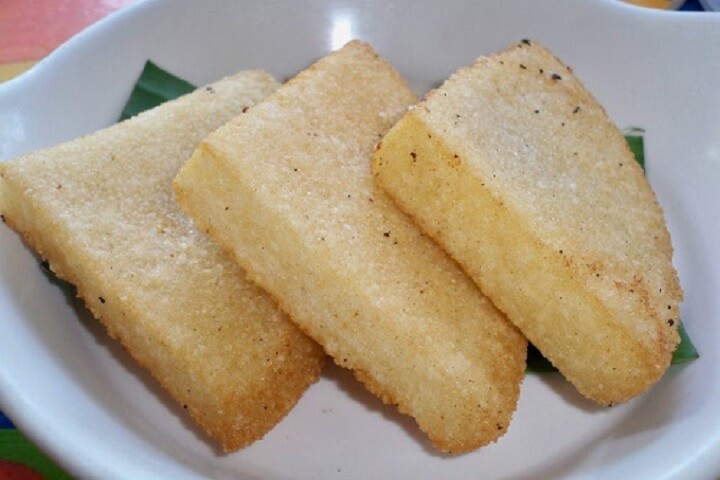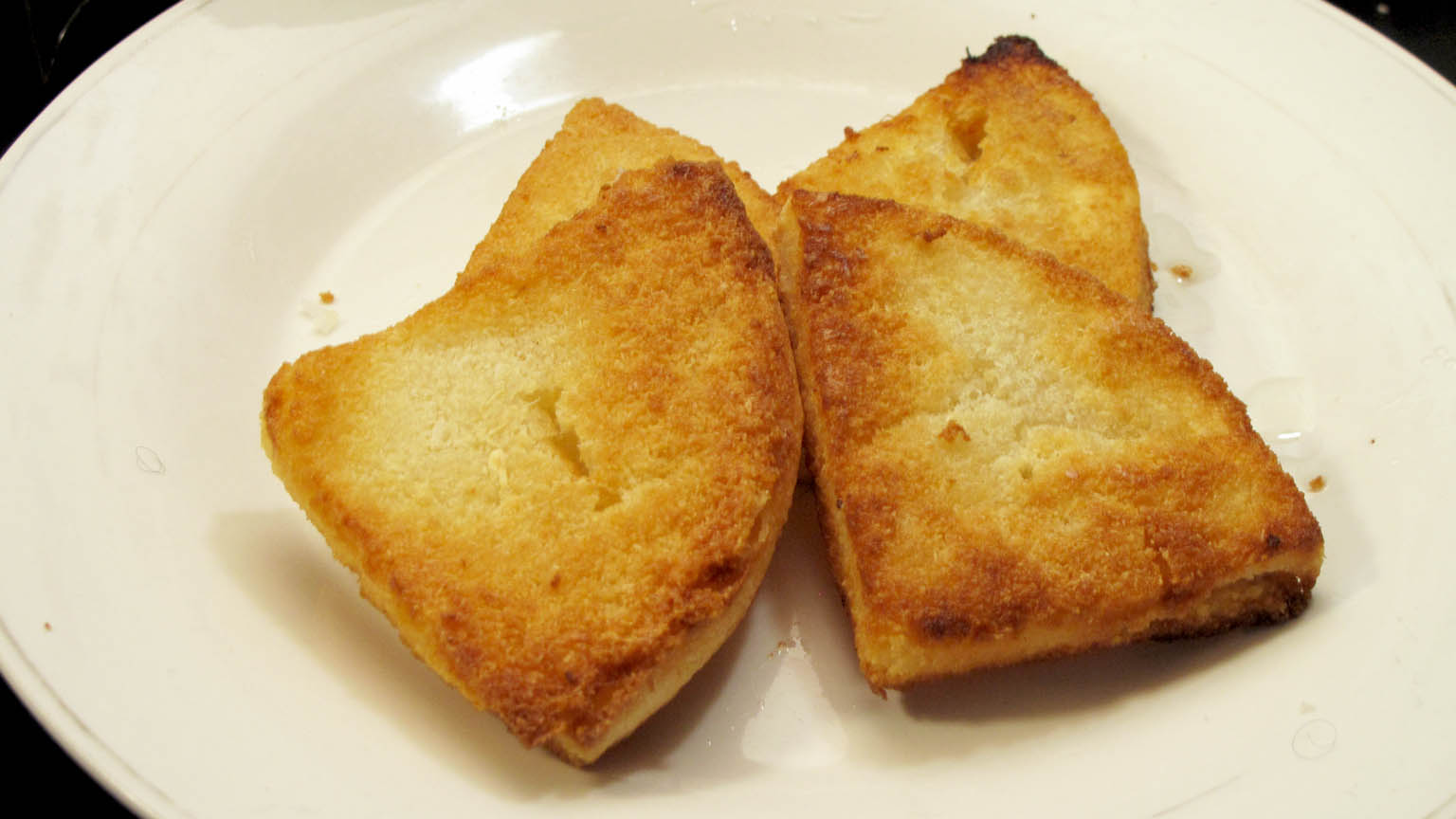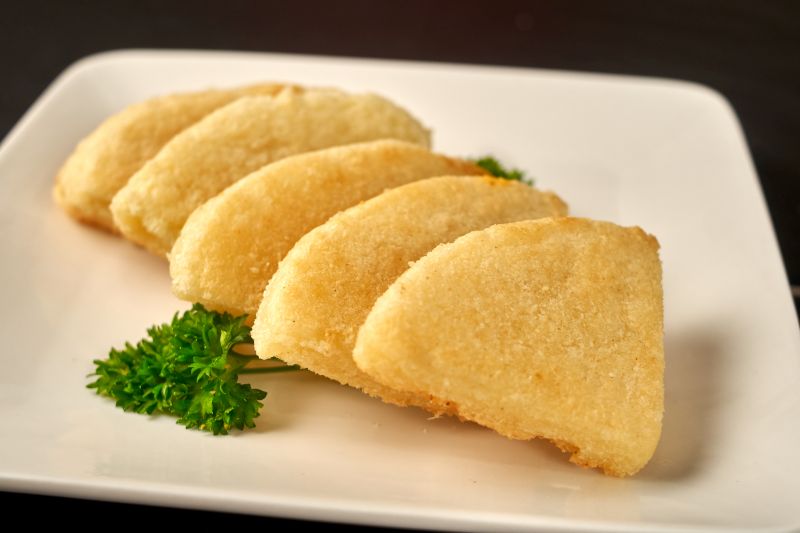Bammy
bammies
Bammy is a traditional Jamaican cassava flatbread descended from the simple flatbread called casabe, eaten by the Arawaks / Taínos, Jamaica's indigenous people. Variations of bammy exist throughout the Americas. It is produced in many rural communities and sold in stores and by street vendors in Jamaica and abroad. Bammies have existed since pre-Columbian times, and they originated from the native Arawak / Taíno people. They are made with cassava indigenous to Mesoamerica, and was a staple crop of the Arawaks / Taínos, which they cultivated in conucos. Cassava was also integral to their existence, as it featured prominently in their worship. Yúcahu, a major Taíno god, whose name has been translated to ‘spirit of the cassava’, was the god of cassava and the sea. A minor Taíno god related to growing cassava, the process of life, creation and death, Baibrama, was worshipped for his assistance in growing cassava and curing people from its poisonous juice. According to the curator of the Jamaica National Heritage Trust, Ann-Marie Howard Brown, the Arawaks / Taínos used a small, sharp, flat stone (celt) to peel and cut the cassava, which they would then grate on a guaio / guayo, a wooden frame embedded with small stones and pieces of coral or a stone grater, until it was reduced to a pulp. They would then place the pulp in a large funnel-shaped basket called a matapi, which was hung from a tree for extraction of the juice. Once the desired consistency was achieved, the mixture was placed on a stone structure called a metate, and a smaller ground stone called a mano, was used like a modern rolling pin to grind to the consistency of cassava flour. This would then be moulded to circles in the desired size, and baked on earthenware griddles called buréns.
Source: Wikipedia
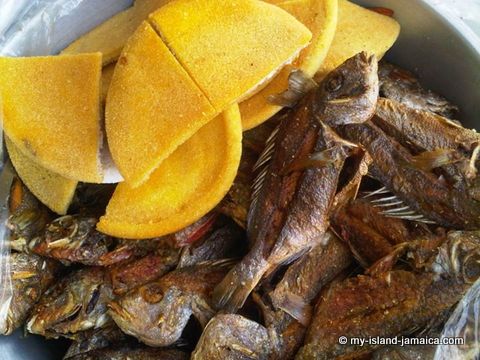
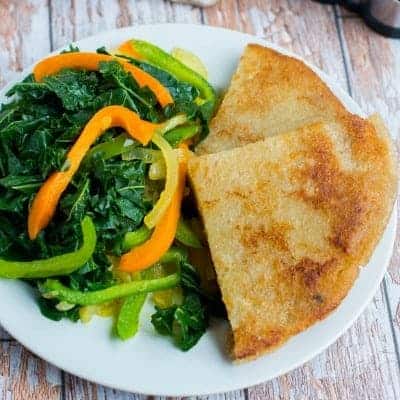
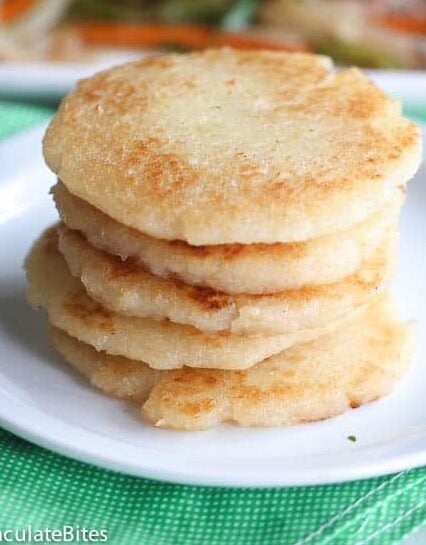

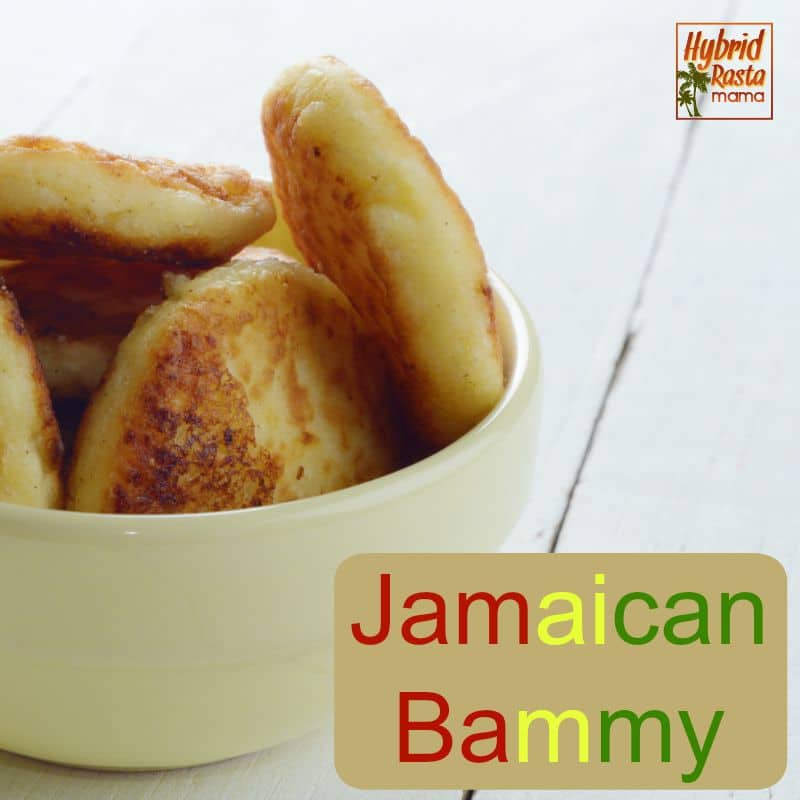
:max_bytes(150000):strip_icc()/jamaican-bammies-cassava-bread-recipe-2138125-hero-01-c4aee13a235242c696ec46040e304c5a.jpg)


